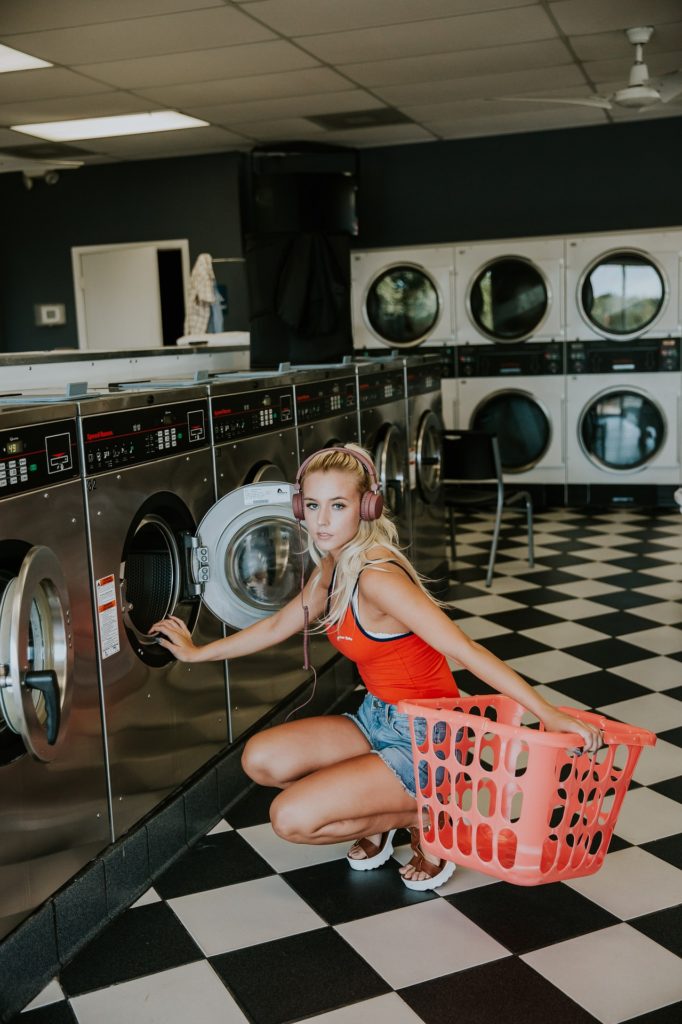When Does a Bleach Smell Go Away?
Monday, March 25th, 2019Versatile and inexpensive, bleach is not just a laundry booster. This clear liquid disinfects hard surfaces, killing bacteria and fungus. Unfortunately, bleach has an unpleasant chemical odor that can last long after you have put the cap back on the bottle. Walls, carpet, clothing and furniture can trap the bleach fumes inside their pores and fibers. Fortunately, a few common products will help remove the bleach odor.
Bleach
Containing sodium and chlorine hydroxide, bleach is a toxic and dangerous chemical that can fill your home with harsh residues and fumes. The strong odor that accompanies bleach can last for days after you have used the chemical and can cause headaches, nausea, fatigue and burning of the eyes, nose and throat. When working with bleach, always ventilate the area by opening doors, windows and turning on fans. This will help keep the air circulating and reduce the amount of bleach fumes.
Washable Items
Adding too much bleach to the washing cycle can leave a strong bleach odor on laundered items. The smell can persist for days after laundering, and cologne or perfume simply mask the chemical odor. Try rewashing the item in cool water with 1/4-cup of laundry detergent. When the washing machine reaches the rinse cycle, add 1 cup of white vinegar. The vinegar removes odors without chemicals. After the washing machine completes a full cycle, remove the items from the washer and put them inside the dryer. Lay one to two dryer sheets on top of the damp items and tumble dry. If the bleach odor remains, soak the items in a bucket of cool water for several hours then rewash.
Non-Washable Items
Since you cannot simply toss non-washable items into the washing machine, you will have to remove the bleach odors by hand. Fortunately, baking soda and vinegar — both natural and safe products — will remove the bleach odor from both hard and soft surfaces. Baking soda sprinkled on carpets and left to sit for several hours will remove bleach odors. This same process also works on upholstery. Another option is pure, undiluted white vinegar. Dampen a cloth in the vinegar and wipe down hard surfaces that smell like bleach. As the vinegar dries on the surface, it will remove the bleach odor.
Considerations
Never mix bleach with ammonia or products that contain ammonia. Combining these two cleaners creates toxic fumes. If you encounter bleach fumes, move to fresh air as soon as possible. If bleach comes in contact with eyes or skin, flush the area with cool water for 15 to 20 minutes. If you experience irritation or difficulty in breathing, contact your primary care physician immediately.
Written by: By Amanda Flanigan





 Nowadays, clothing is more expensive than ever and depending on the item, there are special instructions on how they are supposed to be cleaned. If you choose to do your laundry at the local Laundromat, you would be surprised at how much more pain free the whole laundry process can become. Many people who hated doing laundry in the past that now utilize a Laundromat find the experience to be somewhat relaxing. At a Laundromat, once you have loaded all of your clothes into the washer or dryer, you then have time to sit down and relax. In the past, if you enjoyed reading, it actually gave you some time to indulge in a good book while you waited.
Nowadays, clothing is more expensive than ever and depending on the item, there are special instructions on how they are supposed to be cleaned. If you choose to do your laundry at the local Laundromat, you would be surprised at how much more pain free the whole laundry process can become. Many people who hated doing laundry in the past that now utilize a Laundromat find the experience to be somewhat relaxing. At a Laundromat, once you have loaded all of your clothes into the washer or dryer, you then have time to sit down and relax. In the past, if you enjoyed reading, it actually gave you some time to indulge in a good book while you waited.